Capital One 2014 Annual Report Download - page 112
Download and view the complete annual report
Please find page 112 of the 2014 Capital One annual report below. You can navigate through the pages in the report by either clicking on the pages listed below, or by using the keyword search tool below to find specific information within the annual report.-
 1
1 -
 2
2 -
 3
3 -
 4
4 -
 5
5 -
 6
6 -
 7
7 -
 8
8 -
 9
9 -
 10
10 -
 11
11 -
 12
12 -
 13
13 -
 14
14 -
 15
15 -
 16
16 -
 17
17 -
 18
18 -
 19
19 -
 20
20 -
 21
21 -
 22
22 -
 23
23 -
 24
24 -
 25
25 -
 26
26 -
 27
27 -
 28
28 -
 29
29 -
 30
30 -
 31
31 -
 32
32 -
 33
33 -
 34
34 -
 35
35 -
 36
36 -
 37
37 -
 38
38 -
 39
39 -
 40
40 -
 41
41 -
 42
42 -
 43
43 -
 44
44 -
 45
45 -
 46
46 -
 47
47 -
 48
48 -
 49
49 -
 50
50 -
 51
51 -
 52
52 -
 53
53 -
 54
54 -
 55
55 -
 56
56 -
 57
57 -
 58
58 -
 59
59 -
 60
60 -
 61
61 -
 62
62 -
 63
63 -
 64
64 -
 65
65 -
 66
66 -
 67
67 -
 68
68 -
 69
69 -
 70
70 -
 71
71 -
 72
72 -
 73
73 -
 74
74 -
 75
75 -
 76
76 -
 77
77 -
 78
78 -
 79
79 -
 80
80 -
 81
81 -
 82
82 -
 83
83 -
 84
84 -
 85
85 -
 86
86 -
 87
87 -
 88
88 -
 89
89 -
 90
90 -
 91
91 -
 92
92 -
 93
93 -
 94
94 -
 95
95 -
 96
96 -
 97
97 -
 98
98 -
 99
99 -
 100
100 -
 101
101 -
 102
102 -
 103
103 -
 104
104 -
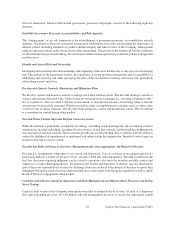 105
105 -
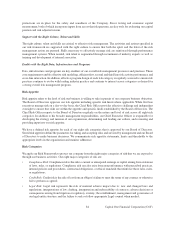 106
106 -
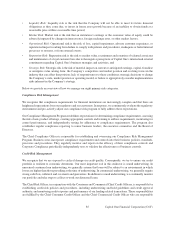 107
107 -
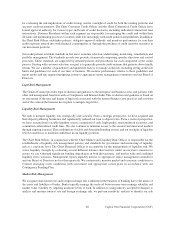 108
108 -
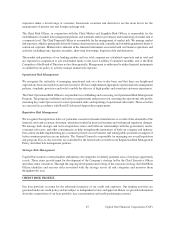 109
109 -
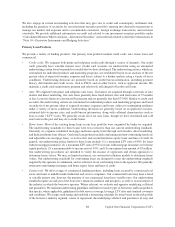 110
110 -
 111
111 -
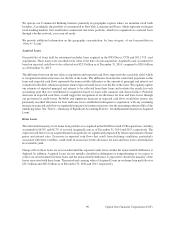 112
112 -
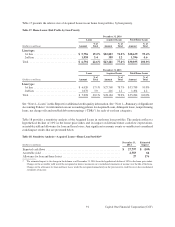 113
113 -
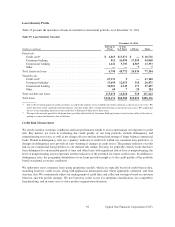 114
114 -
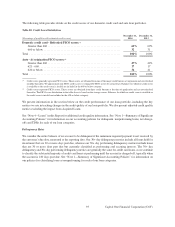 115
115 -
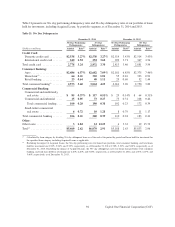 116
116 -
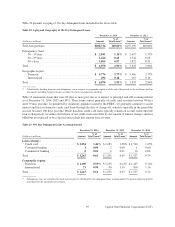 117
117 -
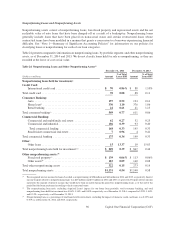 118
118 -
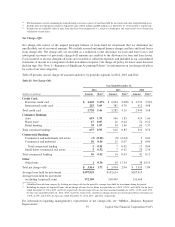 119
119 -
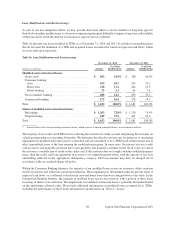 120
120 -
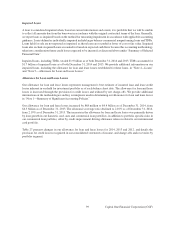 121
121 -
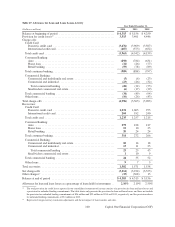 122
122 -
 123
123 -
 124
124 -
 125
125 -
 126
126 -
 127
127 -
 128
128 -
 129
129 -
 130
130 -
 131
131 -
 132
132 -
 133
133 -
 134
134 -
 135
135 -
 136
136 -
 137
137 -
 138
138 -
 139
139 -
 140
140 -
 141
141 -
 142
142 -
 143
143 -
 144
144 -
 145
145 -
 146
146 -
 147
147 -
 148
148 -
 149
149 -
 150
150 -
 151
151 -
 152
152 -
 153
153 -
 154
154 -
 155
155 -
 156
156 -
 157
157 -
 158
158 -
 159
159 -
 160
160 -
 161
161 -
 162
162 -
 163
163 -
 164
164 -
 165
165 -
 166
166 -
 167
167 -
 168
168 -
 169
169 -
 170
170 -
 171
171 -
 172
172 -
 173
173 -
 174
174 -
 175
175 -
 176
176 -
 177
177 -
 178
178 -
 179
179 -
 180
180 -
 181
181 -
 182
182 -
 183
183 -
 184
184 -
 185
185 -
 186
186 -
 187
187 -
 188
188 -
 189
189 -
 190
190 -
 191
191 -
 192
192 -
 193
193 -
 194
194 -
 195
195 -
 196
196 -
 197
197 -
 198
198 -
 199
199 -
 200
200 -
 201
201 -
 202
202 -
 203
203 -
 204
204 -
 205
205 -
 206
206 -
 207
207 -
 208
208 -
 209
209 -
 210
210 -
 211
211 -
 212
212 -
 213
213 -
 214
214 -
 215
215 -
 216
216 -
 217
217 -
 218
218 -
 219
219 -
 220
220 -
 221
221 -
 222
222 -
 223
223 -
 224
224 -
 225
225 -
 226
226 -
 227
227 -
 228
228 -
 229
229 -
 230
230 -
 231
231 -
 232
232 -
 233
233 -
 234
234 -
 235
235 -
 236
236 -
 237
237 -
 238
238 -
 239
239 -
 240
240 -
 241
241 -
 242
242 -
 243
243 -
 244
244 -
 245
245 -
 246
246 -
 247
247 -
 248
248 -
 249
249 -
 250
250 -
 251
251 -
 252
252 -
 253
253 -
 254
254 -
 255
255 -
 256
256 -
 257
257 -
 258
258 -
 259
259 -
 260
260 -
 261
261 -
 262
262 -
 263
263 -
 264
264 -
 265
265 -
 266
266 -
 267
267 -
 268
268 -
 269
269 -
 270
270 -
 271
271 -
 272
272 -
 273
273 -
 274
274 -
 275
275 -
 276
276 -
 277
277 -
 278
278 -
 279
279 -
 280
280 -
 281
281 -
 282
282 -
 283
283 -
 284
284 -
 285
285 -
 286
286 -
 287
287 -
 288
288 -
 289
289 -
 290
290 -
 291
291 -
 292
292 -
 293
293 -
 294
294 -
 295
295 -
 296
296 -
 297
297 -
 298
298 -
 299
299 -
 300
300
 |
 |
We operate our Commercial Banking business primarily in geographic regions where we maintain retail bank
branches. Accordingly, the portfolio is concentrated in New York, Louisiana and Texas, which represent our largest
retail banking markets. Our small ticket commercial real estate portfolio, which was originated on a national basis
through a broker network, is in a run-off mode.
We provide additional information on the geographic concentration, by loan category, of our loan portfolio in
“Note 4—Loans.”
Acquired Loans
Our portfolio of loans held for investment includes loans acquired in the ING Direct, CCB and 2012 U.S. card
acquisitions. These loans were recorded at fair value at the date of each acquisition. Acquired Loans accounted for
based on expected cash flows to be collected was $23.5 billion as of December 31, 2014, compared to $28.6 billion
as of December 31, 2013.
The difference between the fair value at acquisition and expected cash flows represents the accretable yield, which
is recognized in interest income over the life of the loans. The difference between the contractual payments on the
loans and expected cash flows represents the nonaccretable difference or the amount of principal and interest not
considered collectible, which incorporates future expected credit losses over the life of the loans. We regularly update
our estimate of expected principal and interest to be collected from these loans and evaluate the results for each
accounting pool that was established at acquisition based on loans with common risk characteristics. Probable
decreases in expected cash flows would trigger the recognition of an allowance for loan and lease losses through
our provision for credit losses. Probable and significant increases in expected cash flows would first reverse any
previously recorded allowance for loan and lease losses established subsequent to acquisition, with any remaining
increase in expected cash flows recognized prospectively in interest income over the remaining estimated life of the
underlying loans. See “Note 1—Summary of Significant Accounting Policies” for additional information on Acquired
Loans.
Home Loans
The substantial majority of our home loan portfolio was acquired in the ING Direct and CCB acquisitions, and they
accounted for 98.9% and 98.7% of our total Acquired Loans as of December 31, 2014 and 2013, respectively. The
expected cash flows for our acquired home loan portfolio are significantly impacted by future expectations of home
prices and interest rates. Decreases in expected cash flows that result from declining conditions, particularly
associated with these variables, could result in an increase in the allowance for loan and lease losses and reduction
in accretable yield.
Charge-offs on these loans are not recorded until the expected credit losses within the nonaccretable difference is
depleted. In addition, Acquired Loans are not initially classified as delinquent or nonperforming as we expect to
collect our net investment in these loans and the nonaccretable difference is expected to absorb the majority of the
losses associated with these loans. The period-end carrying value of Acquired Loans in our home loan portfolio was
$23.2 billion and $28.2 billion as of December 31, 2014 and 2013, respectively.
90 Capital One Financial Corporation (COF)
